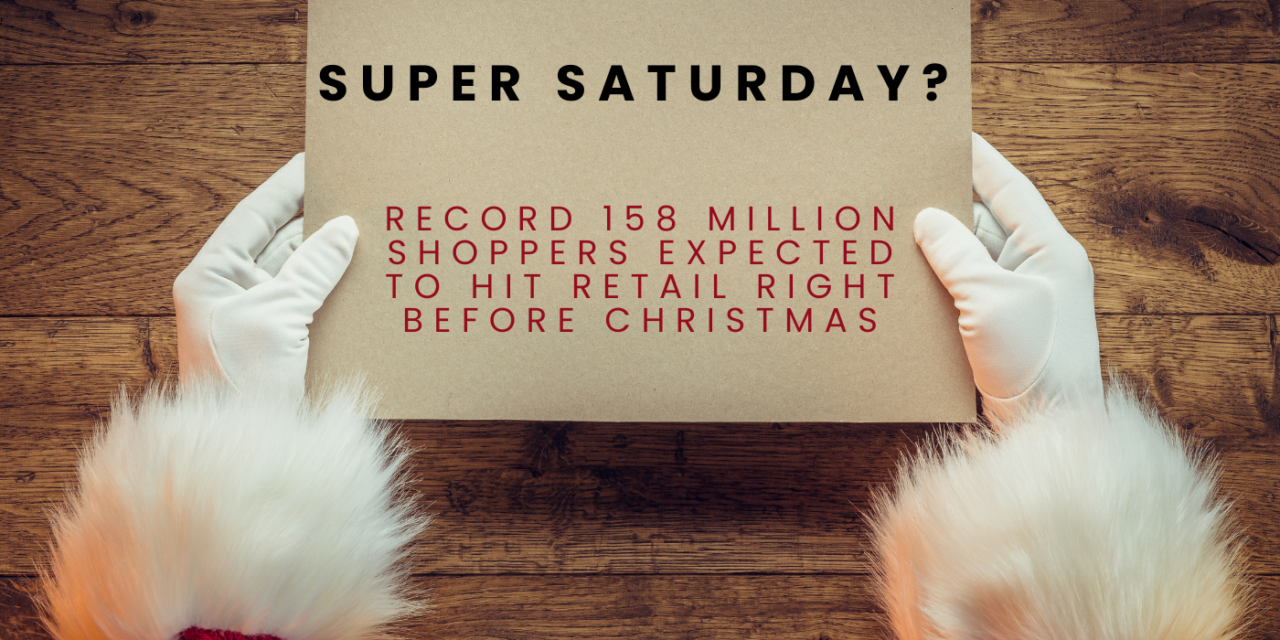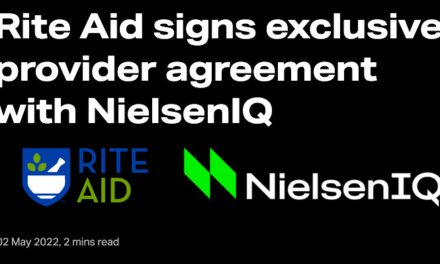Returns are a (Wasteful) Headache for Retail
Returns are quickly becoming an ugly part of doing business that retailers can no longer ignore. Returns are wasteful from financial and environmental perspectives, We’ve all seen the headlines.
- Returns cost retailers $761B in GMV in 2021, a 77% increase over 2020’s $428B
- Retail return rates across all categories are up to 16.6%, a 56% increase over 2020’s 10.6%.
- Return costs were as much as $33 per item in 2021, up 14% from 2020’s $29.
- 78% of shoppers have returned at least one online purchase, according to a survey by parcelLab, a global returns management platform.
- As many as 58% of customers admit to bracketing – buying two sizes or colors of the same item with the intent to return one of them – since the Covid-19 pandemic started.
As for what happens to those returns, nearly 6B pounds of them end up in a landfill each year.
And as we start a new year, more of these headlines are around the corner.
Given all these data points, it must be asked: is accepting returns bad for business?
Well, 80% of consumers say that returns are important to the overall order experience. So, it seems, retail returns are here to stay.
A New Model to the Rescue?
A new model to help defend retailers against margin threats while accommodating a better customer experience is bubbling beneath the surface: peer-to-peer returns.
Peer-to-peer returns can be operationalized in several ways, but a few key factors separate this concept from resale and outsourced reverse logistics solutions:
- The items are eligible for a return, both in quality and in the time elapsed since the initial purchase.
- The original customer wants a full refund, not partial recovery through a resale site.
- The items will be shipped directly to the next customer with no intermediary.
Peer-to-peer return is a novel concept that will take some time for consumers to fully adopt; it’s not a silver bullet for all returns.
However, a peer-to-peer approach can be the most profitable way for the items customers want to return, allowing retailers to skip a shipment and all the associated warehouse costs, instead retaining the revenue from the resale as margin for the bottom line.
Greenlist is one startup enabling peer-to-peer returns as a plug-in for retailers’ eCommerce websites. In their early going, they’ve seen promising unit economics, with their pilot partner collecting an extra $10.56 per unit returned via greenlist vs the traditional process. Further, their returns travel 59% fewer miles than a conventional return to a warehouse, and 52% of users have never made a purchase with the retailer, proving this channel is viable for customer acquisition and the direct reverse logistics benefits.
As peer-to-peer takes off, how can leveraging this approach to returns streamline your operations and reduce your inventory liability?





